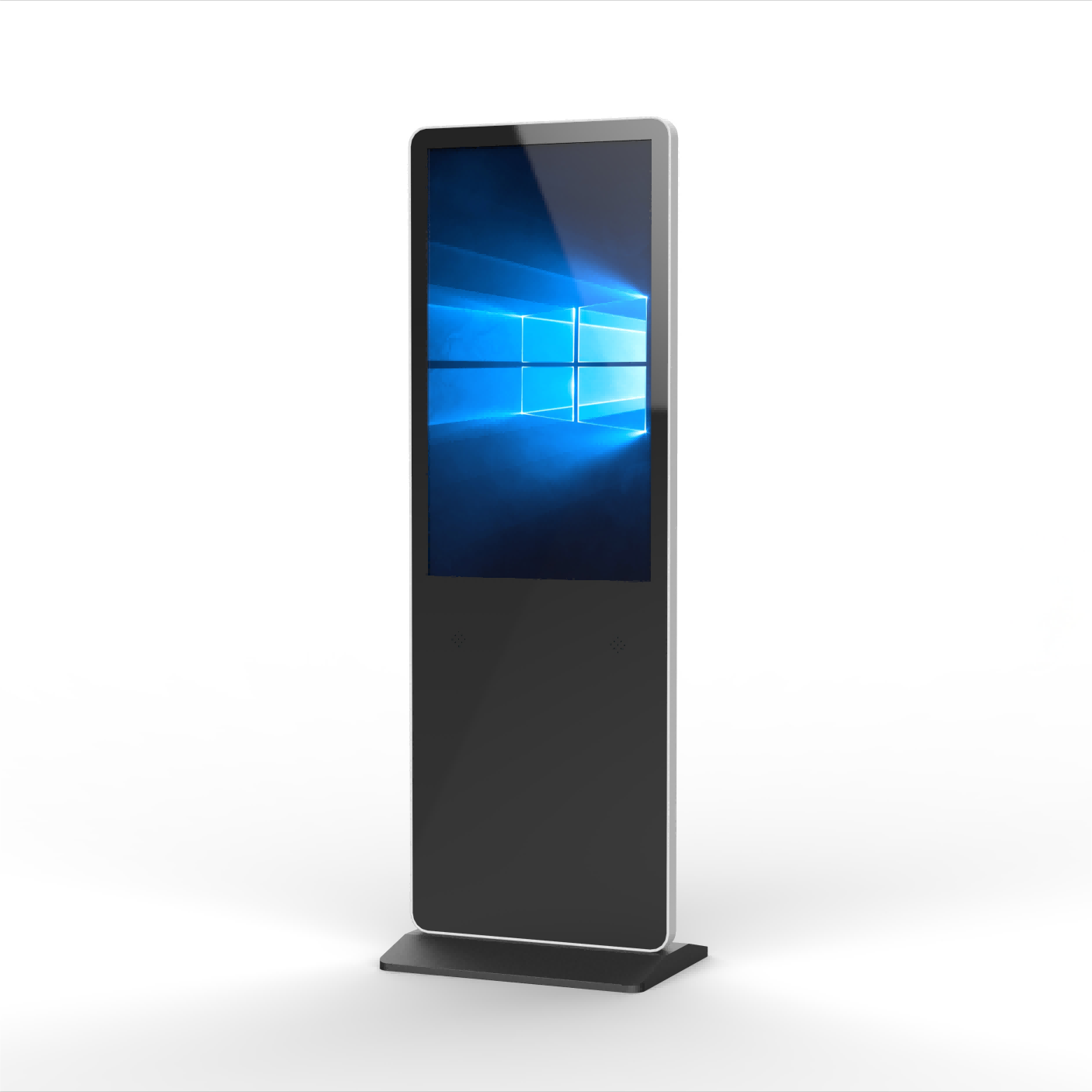
| Component | Description | Purpose | Examples |
|---|---|---|---|
| Kiosk App | A custom or third-party app locked in kiosk mode | Controls user access to specific functionalities | POS systems, digital signage apps |
| Device Management | Software for remote management and monitoring | Ensures device compliance and functionality | MDM (Mobile Device Management) tools |
| Security Features | Configurations to restrict access to system settings | Prevents unauthorized access and tampering | PIN codes, password protection |
| User Interface | Customized UI tailored to the kiosk purpose | Provides a user-friendly and purpose-driven experience | Custom launchers, branded interfaces |
| Network Connectivity | Wi-Fi, Ethernet, or mobile data connections | Enables data transfer and communication | 4G/5G modules, Wi-Fi adapters |
| Power Management | Battery or wired power configurations | Ensures the device remains operational without interruptions | Continuous power, battery backups |
| Hardware Components | Physical elements of the kiosk like touchscreens and enclosures | Facilitates user interaction and device durability | Touchscreens, rugged enclosures |
| Content Management | System for updating and managing displayed content | Allows for dynamic and up-to-date information | CMS (Content Management Systems) |
Kiosk mode Android is made by customizing an Android device's software to restrict user access to specific apps or functions, ensuring the device is used only for its intended purpose. This involves locking the device into a single app or a set of apps, configuring security settings to prevent unauthorized changes, and optimizing the user interface for ease of use. The process typically includes setting up device management tools for remote control and updates, integrating hardware components like touchscreens, and enabling network connectivity for real-time data transfer.

Kiosk mode Android is widely used in various industries to streamline operations and enhance user experience. In retail, it's employed for self-service checkouts and digital signage, enabling customers to browse products or make purchases directly from a kiosk. In healthcare, it facilitates patient check-ins and information retrieval, improving service efficiency. Restaurants utilize it for self-ordering systems, reducing wait times and labor costs. Kiosk mode Android is also essential in transportation for ticketing and check-in, in education for interactive learning, and in hospitality for self-service check-ins and information kiosks.

Custom UI Design: Tailor the user interface to match your brand identity.
Security Features: Add enhanced security layers like password protection and restricted access.
Remote Management: Enable remote control and monitoring of kiosks for easy updates and maintenance.
App Whitelisting: Restrict device functionality to specific apps and websites.
Multi-Language Support: Include multiple languages to cater to diverse user bases.
Offline Capabilities: Ensure the kiosk functions smoothly even without an internet connection.
Integration with Peripherals: Customize to work with printers, scanners, and other hardware components.
Analytics and Reporting: Implement tools to track user interactions and generate usage reports.
Define Your Needs: Understand your specific use cases to choose the right features and customization options.
Check Compatibility: Ensure the kiosk hardware is compatible with the Android version and the required apps.
Evaluate Security: Prioritize security features to protect sensitive data and prevent misuse.
Consider Scalability: Choose a solution that can grow with your business, allowing easy updates and additions.
Vendor Support: Opt for a supplier that offers reliable customer service and technical support.
Budget Consideration: Balance your needs with your budget, ensuring you get the best value for your investment.
Trial Period: If possible, request a demo or trial period to test the functionality and performance before committing to a purchase.
What did our happy clients say?
The Kiosk Mode Android has been a game-changer for our business, offering robust security and seamless app control. We're impressed with its performance and ease of use!
Customization options in Kiosk Mode Android allowed us to tailor the interface exactly to our needs. It's secure, reliable, and the support team was excellent throughout!
We deployed Kiosk Mode Android across all our retail locations, and it has significantly improved customer interaction. The remote management feature is a big plus!
Kiosk Mode Android exceeded our expectations with its flexibility and security features. It has streamlined our operations and provided peace of mind with its sturdy controls.